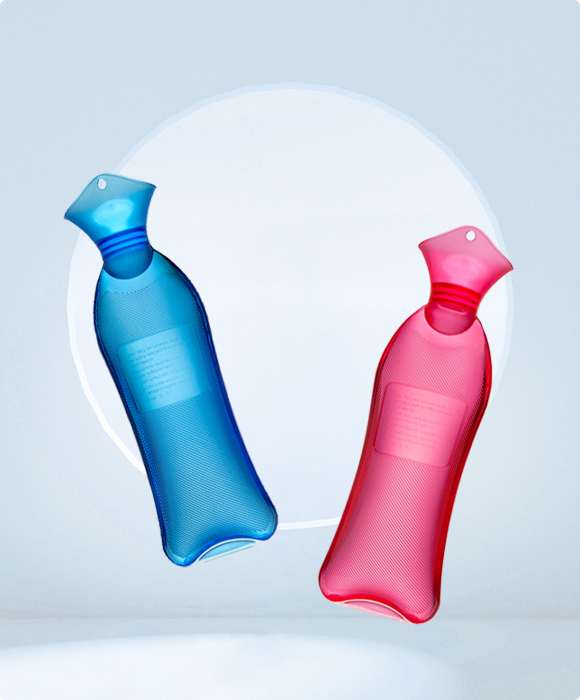1.Introduction
2.Common Types of Damage
3.The Feasibility of Self-Repairing a Hot Water Bottle
4.Risks and Safety Concerns of Repairing a Hot Water Bottle
5.Conclusion
Introduction
It is generally recommended to replace hot water bottles regularly to prevent issues caused by aging or breakage. The typical lifespan of a hot water bottle is around 3 to 5 years, depending on the manufacturing date. To determine when to replace your hot water bottle, you can refer to this blog 《When Should You Replace Hot Water Bottle?》.In cases where the hot water bottle is damaged, some people may consider repairing it. But is this approach feasible? This blog will explore the practicality of self-repairing a hot water bottle.
Common Types of Damage
1.Material Aging: Prolonged use or improper storage may lead to the aging of the hot water bottle material.
2.Seal Leakage: Over time, the seal or valve may wear out or become loose, leading to leaks.
3.Cracks: The body of the hot water bottle can develop cracks due to compression or impact.
The Feasibility of Self-Repairing a Hot Water Bottle
People often use waterproof tape, hot melt adhesive, specialized repair glue, or common household repair materials to fix minor cracks. However, hot water bottles are manufactured according to strict standards, such as the British Safety Standard (BS 1970:2012). They are typically molded by combining two halves at high temperatures and pressure to create a secure seal. Regardless of the material, the lifespan of a hot water bottle is limited to 3 to 5 years.
We strongly advise against attempting to repair a hot water bottle using adhesives or other materials. Because this may lead to problems during future use.
Risks and Safety Concerns of Repairing a Hot Water Bottle
Over time, wear and tear on a hot water bottle is inevitable. If you attempt to repair a damaged hot water bottle, it is unlikely that the repair will meet professional safety standards. When pressure is applied to the hot water bottle again, the repaired area could break, leading to burns. Whether the breakage occurs at the seal or the threaded stopper, we recommend replacing the hot water bottle promptly.
Conclusion
Regardless of the extent of the damage, we do not recommend attempting to repair a hot water bottle. Safety is the most important consideration, and since hot water bottles are made using a one-piece molding process, any repair could pose a serious burn hazard. In appropriate situations, replacing the hot water bottle is the best way to avoid safety risks.
